
Japan's globally renowned train network is nothing short of a collective feat of engineering and structural genius. But with such complexity, comes the invariable concerns of being overwhelmed. While it would be disingenuous to claim that navigating the Japanese train network is always easy, or that you'll be a pro at it on your first outing; it is fair to say that with a little bit of guidance you shouldn't run into too many difficulties.
So let's look at the LIVE JAPAN's Transit 101, with essentials tricks of the trade and some answers to the most frequently asked questions and commonly voiced concerns.
- Table of Contents
-
- 1. Types of train tickets in Japan: Japan Rail Pass, Paper Tickets, IC cards, Special Tickets
- 2. Types of trains in Japan: Regular Trains, Express Trains, Overnight Express, Shinkansen
- 3. Types of Seats: Reserved/Unreserved; Regular, Green Car, Gran Class
- 4. Understanding Local trains vs. Express Trains and How to Read a Train Map
- 5. Navigating stations: Getting around
- 6. FAQ's and Frequently Voiced Concerns
1. Types of train tickets in Japan: Japan Rail Pass, Paper Tickets, IC cards, Special Tickets
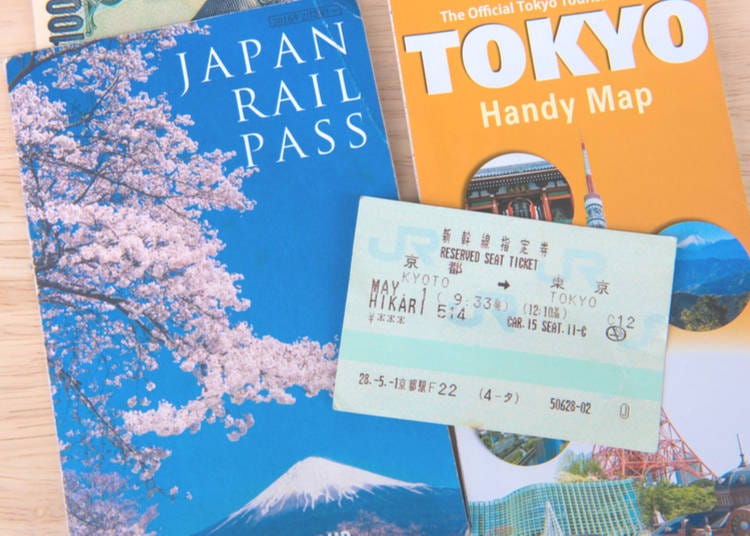
Japan Rail Pass
The Japan Rail Pass is an excellent option for tourists; it's a cumulative effort by the six companies of the Japan Rail Group to create a ticket that can be used on all JR trains, in all prefectures, across the country.
However, there are still a couple of restrictions: for instance, it cannot be used for travel on Nozomi and Mizuho trains on the Tokaido, Sanyo, and Kyushu Shinkansen lines, or privately-operated train lines.
The Japan Rail Pass is for tourists only and in order to be eligible, you must meet one of the following criteria:
1. You are a foreign tourist visiting Japan from abroad for sight-seeing under the entry status of "temporary visitor", or
2. You are Japanese national but living permanently abroad.
To get a Japan Rail Pass, you must purchase it through one of the official websites (link below) and then activate it after your arrival in Japan. (There are ways to purchase a Japan Rail Pass in Japan as well, however the rates are higher.) After purchasing a voucher abroad, you can activate it at any JR office; these can be found at most airports and major train stations.
The options are as follows:
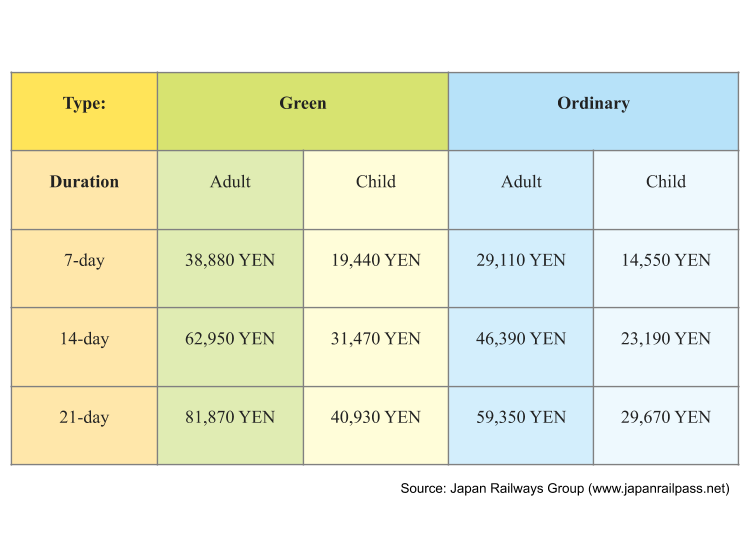
Note that it's worth doing a little calculating of potential travel expenditure beforehand to make sure you are getting your money's worth. The easiest way to do this is to have a rough itinerary in mind and then use a website such as Hyperdia or Google Maps to map out your trip and clarify fares along the way.
Paper Tickets and Day Passes
Paper tickets come in the form of one-use train fare tickets or day passes that can be purchased at machines in all train stations—said machines usually have language translation options. Single-fare passes rarely work out more economical in the long run, but day passes may suit some travellers.
In Tokyo there are several day pass options:
・Tokyo Metro Day Pass (access to all Metro lines in a given day for 600 yen)
・The Toei and Tokyo Metro One-Day Economy Pass (access to all Metro and Toei lines in a given day for 900 yen)
・Tokyo Metropolitan District Pass (access to all JR local and express lines in a given day for 750 yen)
While these can save you a bit of cash, usually an IC card is a more convenient option, particularly if you will be in the capital for several days.
Other Special Tickets
On top of all the aforementioned ticket types, we have a miscellaneous category of specialised tickets. These tickets, which are often valid for a period of 48 hours or more, provide a hodgepodge of different benefits that vary from place to place.
Popular special tickets in the Tokyo Metropolitan area include:
・Greater Tokyo Pass (for all trains and streetcars in Kanto)
・Welcome Tokyo Subway ticket (for transport to and from Haneda)
・KEIKYU Misaki Maguro Day Trip Ticket (for transport to, and food in, the Misaki/Miura area).
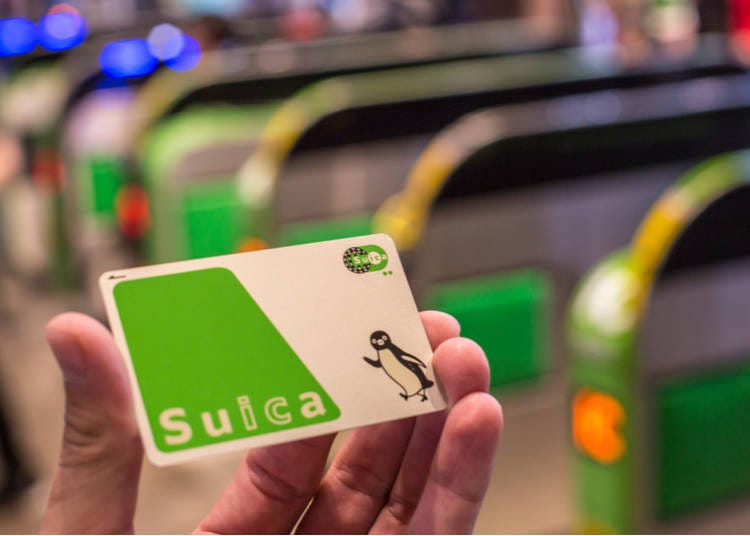
IC Cards
IC ("integrated circuit") cards are the number one form of a train ticket in Japan. They are one-size-fits-all, electronic train passes that can be topped up at train stations around the nation.
Though there are many variations—Suica, Pasmo, Icoca, PiTaPa, Toica, Manaca, Sugoca, Nimoca, Hayakaken, Kitaka—which depend on the region in which you purchase them, the Tokyo-centric Suica and Pasmo cards tend to be the most popular.
These cards can even be used on many train lines from Sapporo in the north to Kyushu in the south. They can also be used on buses around Kanto (greater Tokyo) and Kansai (greater Osaka/Kyoto), at vending machines, and a variety of convenience stores and other shops.
IC cards can be purchased at machines inside train stations that will have English (and other languages) translation options. Most cards cost 500 yen and the rest of the money you add will be deposited as a balance on the card.
To use an IC card, simply tap your card on the indicated spot on one of the barriers for entry to the platforms, and repeat the process while exiting at your destination. The machines will calculate the fare and withdraw money from the card's balance.
Tip: Getting Your IC Card Money Back
IC cards can also be refunded at the end of the trip (though the money on them stays valid for 10 years without being used...in case you plan on coming back). To claim a refund on your remaining balance, bring your card to one of the ticket offices (also called "midori-no-madoguchi"), which are in most of the major stations across Japan.
It's worth noting that you should be sure to bring your IC card to a station in the region from which you purchased it—Pasmo and Suica for greater Tokyo area, Icoca cards for Kansai area, and so on. The refund will be comprised of the remaining balance on your card, plus the 500 yen "deposit" that you originally paid for the card (if you're balance is less than 220 yen, you will only receive the 500 yen deposit).
2. Types of trains in Japan: Regular Trains, Express Trains, Overnight Express, Shinkansen
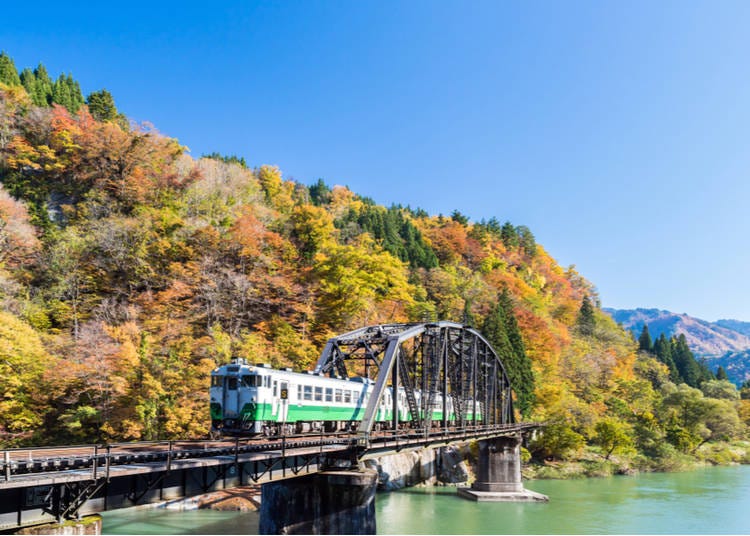
Japan Railways (JR) vs. Private Railroads
Japan Rail has a huge majority share of the privatised railway market in Japan. They do not however have a full monopoly, so there are a wide variety of other providers that operate in specific areas. Examples of these lines include: Keikyu, Odakyu, Seibu, and Tobu. The upshot is that you can only use your Japan Rail Pass for JR trains, otherwise you will have to buy a paper ticket or use an IC card. Private companies operate regular and express trains.
Regular trains: Cheap but (relatively) Slow
Intercity travel by train in Japan is incredibly efficient, with various options depending on how quickly you want to get to your destination and how much cash you're willing to fork out. Regular trains that stop at most/all stations en route to your destination are considerably slower than taking an express or Shinkansen bullet train. The advantage is that they are very reasonably priced and often provide stunning views of the surrounding Japanese wilderness.
Express trains: Faster but Pricier
Express trains can come in at a slightly higher price range than their regular counterparts, however, given that they miss many of the smaller stops en route to their destinations, they will get you there an awful lot faster, and the seats are usually somewhat comfier. Depending on the train, a separate ticket and/or seat reservation may be required to ride express trains.
Overnight trains: Long Distance Hauls
Though most overnight trains in Japan have been retired as a result of increased use in the Shinkansen, there are still a couple that run for long distance hauls. The Sunrise express trains—The Sunrise Izumo and Sunrise Seto—leave from Tokyo travelling to Osaka, Himeji and Okayama stations. From Okayama the Izumo heads towards Matsue and Izumo-shi on the western coast; the Seto sets course for the inland sea and Takamatsu, Shikoku. Both Sunrise Expresses run the reverse route back to Tokyo.
*Note: Japan Rail Passes will cover the train fare and seats, however you will have to pay extra for one of the compartments which contains a bed. The compartments start from 10,800 yen and can only be booked from Japan within 30 days of departure date.
Shinkansen Bullet Train: Fastest but Priciest
The Shinkansen bullet train is the fastest way to travel around Japan by train, though it will come at a price. A relatively short distance Shinkansen from Tokyo Station to Shin Osaka Station would cost over 13,000 yen. This is where your Japan Rail pass can come in super handy. Shinkansen run very regularly, while providing various seating options to facilitate a pretty comfortable travel experience.
3. Types of Seats: Reserved/Unreserved; Regular, Green Car, Gran Class
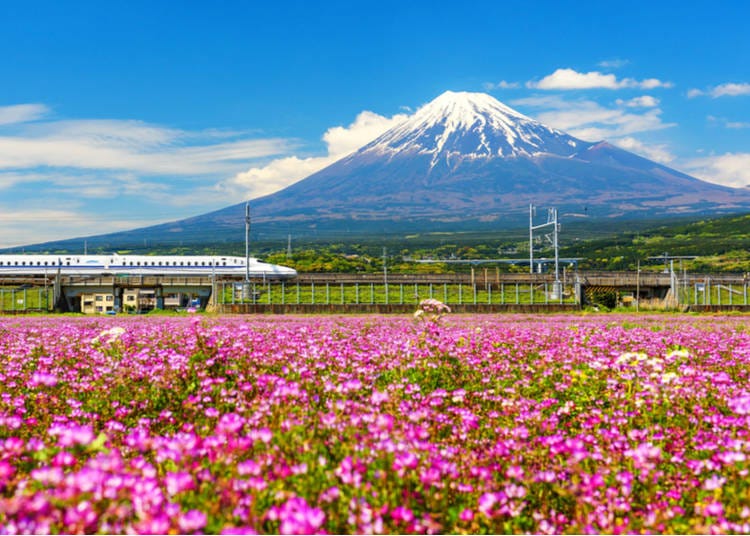
For Shinkansen and express trains the majority of travellers either use a Japan Rail Pass or purchase paper tickets. For said tickets, there are (again) several options: Ordinary Car, Green Car, Gran Class, reserved, unreserved, or some mixture of the above. Let's start with the basics.
Reserved seats vs. Unreserved seats
The seating options range from basic unreserved seats to the most luxurious Gran Class. With unreserved tickets you can end up not getting a seat (and therefore having to stand for a 3-hour journey), or being unwillingly placed in a smoking car. For the longer journeys, forking out a little extra cash (typically around 500 - 700 yen) for a reserved seating ticket might be worth consideration. When purchasing your ticket at a machine, you will be offered both of these options; the same applies for purchasing your ticket with a member of staff in the relevant station.
Seat classes: Regular, Green, Gran Class
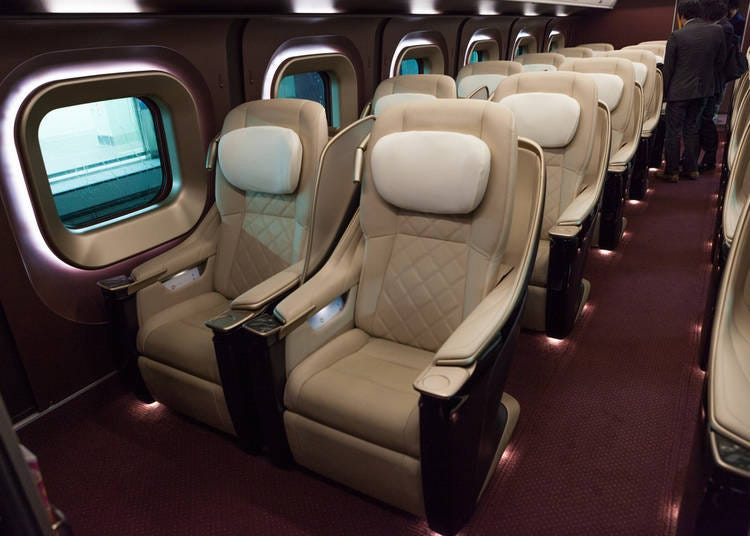
Upping the ante to the Green Car or top-tier Gran Class in the bullet train will provide a significantly more comfortable ride, but will obviously see an equally significant increase in cost. Gran Class cars are replete with plush leather recliners and all you can eat and drink services (these are however only available on selected Shinkansen train lines).
Fare Tickets
When purchasing Shinkansen tickets from the machines, usually you will have to purchase a fare ticket, and a ticket for the train itself—written as Fare+Base. While it may seem a little confusing or arbitrary, basically the fare ticket is the price of the journey itself, whereas the special ticket covers your seating option. If you buy a ticket from the ticket office, they will usually supply you with one ticket covering the fare and the base. The price in the office and at the machines is the same. (Note that when entering the Shinkansen ticket gates, insert both tickets into the wicket at the same time.)
4. Understanding Local trains vs. Express Trains and How to Read a Train Map
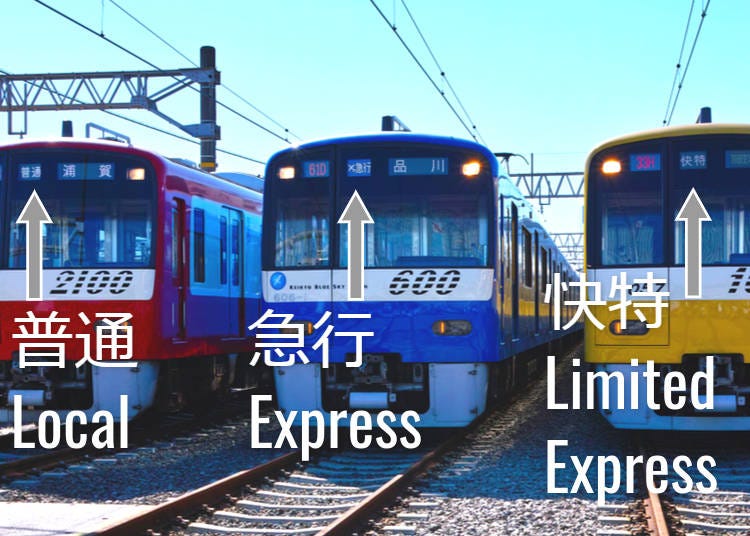
Regular Train types: How to Tell
As you may have guessed, regular trains too come in a few different forms. Within the cities, most of the JR and Metro lines operate a standard route that stops at all stations. But (and here's where it can get confusing), there are certain train lines which function local, rapid, semi-rapid and express services, which stop at different stations along the same route. In Tokyo and other major metropolitan areas, these will—most likely—be indicated on the platform screens in English. If not, then you can keep an eye out for the following kanji to help you along the way:
各駅停車 - "kakueki teisha" - Train that stops at every station
普通 - "futsuu" - Ordinary / Train that stops at every station
準急 - "junkyuu" - Local Express
急行 - "kyuukou" - Express Train that stops at major stations
特急- "tokkyuu" - Limited Express (Faster than Express)
Prices vary from line to line and operator to operator, but the general idea is around 20 yen per km for shorter journeys, and 10 yen per km for longer journeys.
Reading Train Maps
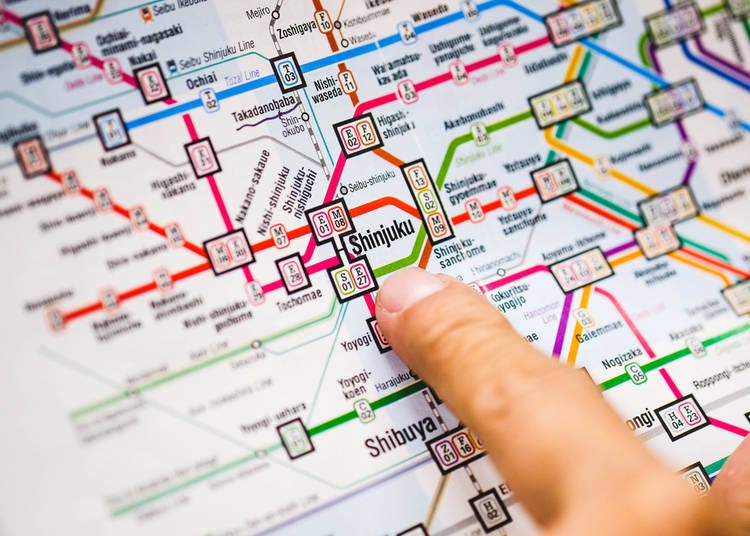
As you can see in the map, train lines are color-coded (the same for all stations). Major stations will be indicated along the lines which run through them, though the map isn’t necessarily to scale so best not to use it as a parameter for guessing the duration of the trip. Map apps are superb at this, and the most trains will have the time left until each station indicated clearly on the screen.
For maps that show a specific route, there will also be a key at the side which states whether a train is local, an express or an airport express. The station names that a colored line runs through, are the ones at which it stops.
5. Navigating stations: Getting around
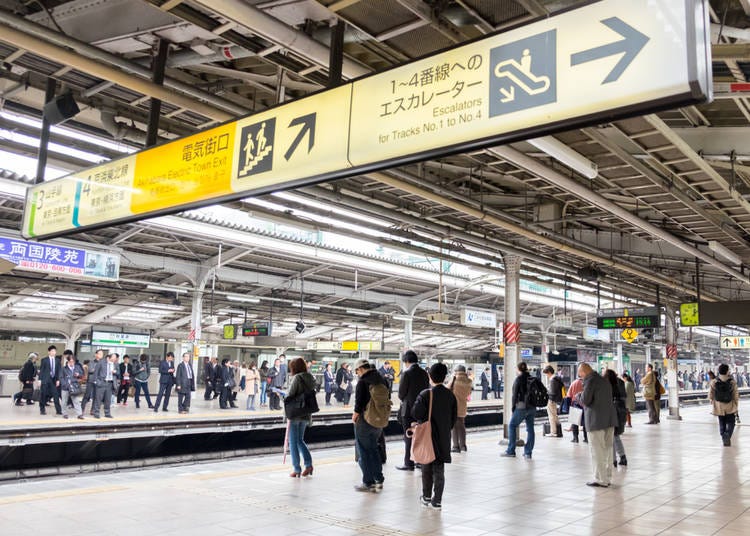
Navigating stations in Japan gets easier with time, of that there is no doubt. In saying that, some of the bigger stations—JR Shinjuku immediately springs to mind—really are vast underground networks of tunnels, walkways, multicolored and multilingual signs, and throngs of tourists and commuters dashing about in a chaotic frenzy. For these larger stations, proceed with a little extra caution.
Train Station Signs
The signs in most stations are color-coded for specific train lines, which is super helpful in locating the train or platform that you are looking for. Train stations are also kitted out with maps showing the relevant train lines and arrows indicating how many meters you are from your target. If you need to orient yourself, many exits are denoted by the compass direction upon which they are located: West Exit, North Exit, South Exit, East Exit.
Once you have found the appropriate platform there will be a map of sorts (often located on structural support pillars) showing the direction in which the train is going and all the respective stations at which it will stop.
Tips on meeting people at busy stations
First up, make sure you pick a specific exit. The bigger stations have multiple exits, and with the crowds of commuters swarming them every day, locating people is a none too easy task—even when you know your way around. Following that, find a specific landmark near the exit; often these are indicated on maps around the station. Meeting inside the busiest stations can be a recipe for disaster, so picking somewhere close by instead, can save you a lot of bother.
6. FAQ's and Frequently Voiced Concerns
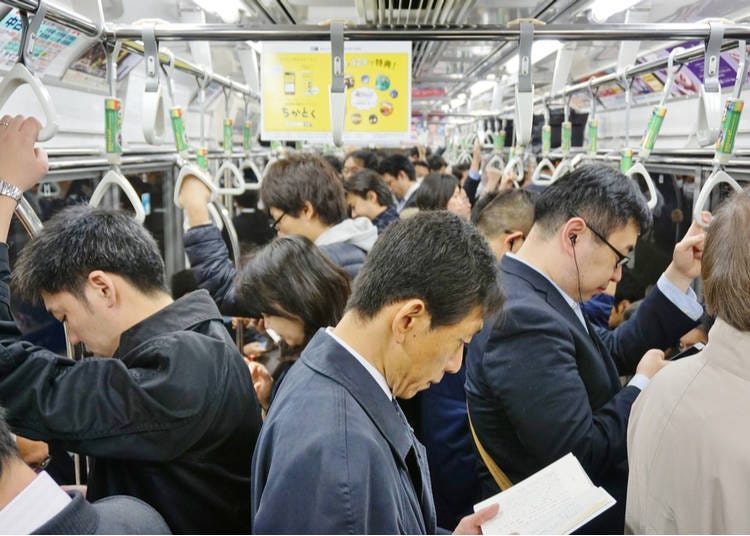
Q: Do trains really not run 24 hours a day? How to find first train & last train time?
A: Unfortunately trains usually end around midnight and start up again around 5 am, Monday through Sunday. This is the case nationwide. You can find first and last train time on most map applications on your smartphone.
Q: What are the main benefits of having a Japan Rail Pass?
A: It grants you access to the majority of trains in Japan, for one blanket payment and covers 7, 14 or 21 days, which is typically enough for most travellers.
Q: Suica vs. Pasmo - what's the difference? Which should I get?
A: The only difference is the company who sells them; Suica sold by JR East, Pasmo sold by non-JR operators in Tokyo.
Q: Can I just buy paper tickets for each train that I want to use?
Yes you can. However, paper tickets need to be purchased before each journey, whereas you only need one IC card for the entire trip. They are often more expensive than paying for the journey via IC card.
Q: Do all train stations have English translations on the signage?
A: The vast majority right across the nation do. If you are in any of the big cities, lines, platforms and stations are all clearly shown in English. Sometimes there are Korean and Chinese translations too.
Q: Should I use a Japan Rail Pass in Tokyo or activate it after?
If you are staying in Tokyo for a few days before travelling around Japan, using an IC card in the capital and then activating your Japan Rail Pass for the rest of your stay, may work out cheaper.
Q: If traveling by train, approximately how much time should I give myself to get from Shinjuku, Shibuya, Roppongi, Ginza or Asakusa stations to Tokyo's main airports?
A: Shinjuku to Haneda – 50 minutes, Shinjuku to Narita: 75 minutes
A: Shibuya to Haneda – 35 minutes, Shibuya to Narita – 75 minutes
A: Roppongi to Haneda – 40 minutes, Roppongi to Narita – 90 minutes
A: Ginza to Haneda – 35 minutes, Ginza to Narita – 65 minutes
A: Asakusa to Haneda – 50 minutes, Asakusa to Narita – 60 minutes
Q: Are the trains in Tokyo really outrageously busy?
A: Unfortunately, yes indeed they are (see picture above). If you avoid traveling on major train lines in the city from during the 7-9:30am rush hour or late in the evening, you may be able to circumvent this.
Q: Are trains in Tokyo outrageously expensive?
A: Not particularly, but if you want to save money, here are a few tips: use an IC card to save paying for paper tickets; day passes are also excellent savers; walking between closer stations when the weather is on your side may also save you a couple hundred yen here and there.
Written by:

*Prices and options mentioned are subject to change.
*Unless stated otherwise, all prices include tax.
Limited time offer: 10% discount coupons available now!
Recommended places for you
-
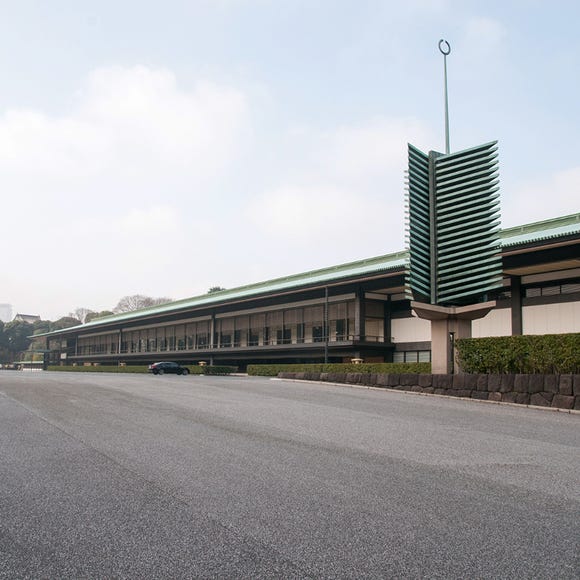
The Imperial Palace
Other Architecture
Tokyo Station
-
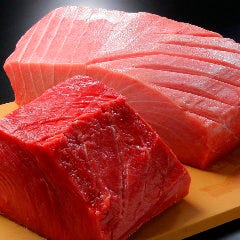
Kamesushi Sohonten
Sushi
Umeda, Osaka Station, Kitashinchi
-
Goods

Yoshida Gennojo-Roho Kyoto Buddhist Altars
Gift Shops
Nijo Castle, Kyoto Imperial Palace
-

Jukuseiniku-to Namamottsuarera Nikubaru Italian Nikutaria Sannomiya
Izakaya
Kobe, Sannomiya, Kitano
-
Appealing
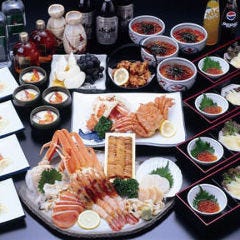
Rukku and Uohei
Izakaya
Sapporo / Chitose
-
Menu
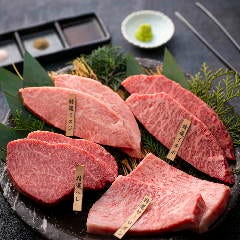
ISHIDAYA Hanare
Yakiniku
Kobe, Sannomiya, Kitano
-

15 Must-Try Sushi Restaurants in Tokyo (+5 Trending Areas to Explore for Foodies)
-

15 Must-Try Restaurants in Ikebukuro: From Aged Yakiniku to All-You-Can-Eat Sushi, Plus Adorable Animal Cafés
-

Everything You Need To Know About the Kyoto-Osaka Sightseeing Pass
-

The Complete Guide to the Kintetsu Rail Pass
-

Step Into the Story: Inside Immersive Fort Tokyo
-

The CASIO S100: How CASIO's Masterpiece Calculator Redefines Business Elegance With Japan-Made Reliability
-
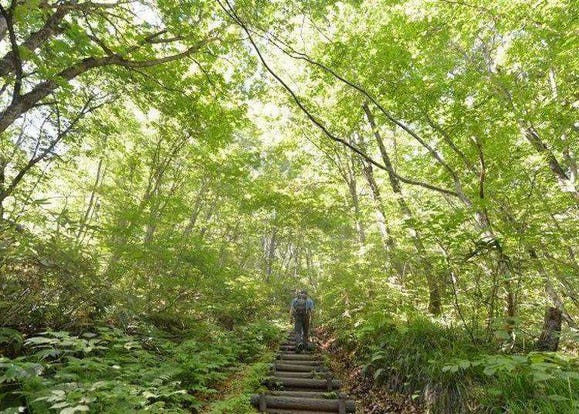
Shirakami-Sanchi Guide: Hiking in Japan's Intense & Untouched Beech Forest (Aomori)
-

Sendai Daikannon Statue: Explore One of the World's Tallest Statues
-
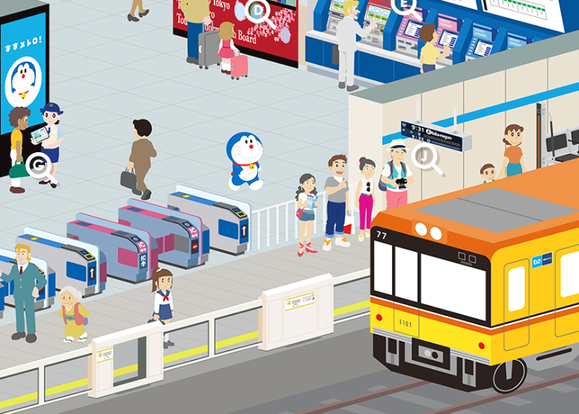
Everyone's Favorite Robot Cat Doraemon Shares About Tokyo's Subway!
-

What to Pack for Japan: 8 Essential Things for a Hassle-Free Trip
-
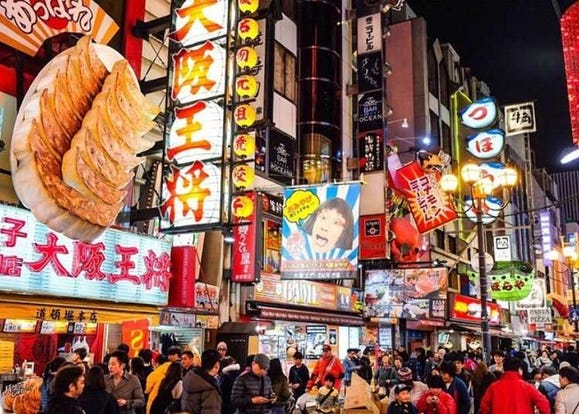
14 Unique & Fun Osaka Food Tours to Enjoy in 2024
-
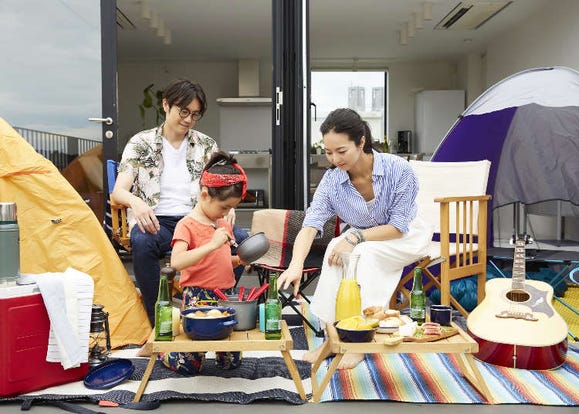
Japanese Quality at Affordable Prices: 5 Japanese 'Veranda Camping' Items From 100 Yen Shops
- #best sushi japan
- #what to do in odaiba
- #what to bring to japan
- #new years in tokyo
- #best ramen japan
- #what to buy in ameyoko
- #japanese nail trends
- #things to do japan
- #onsen tattoo friendly tokyo
- #daiso
- #best coffee japan
- #best japanese soft drinks
- #best yakiniku japan
- #japanese fashion culture
- #japanese convenience store snacks












